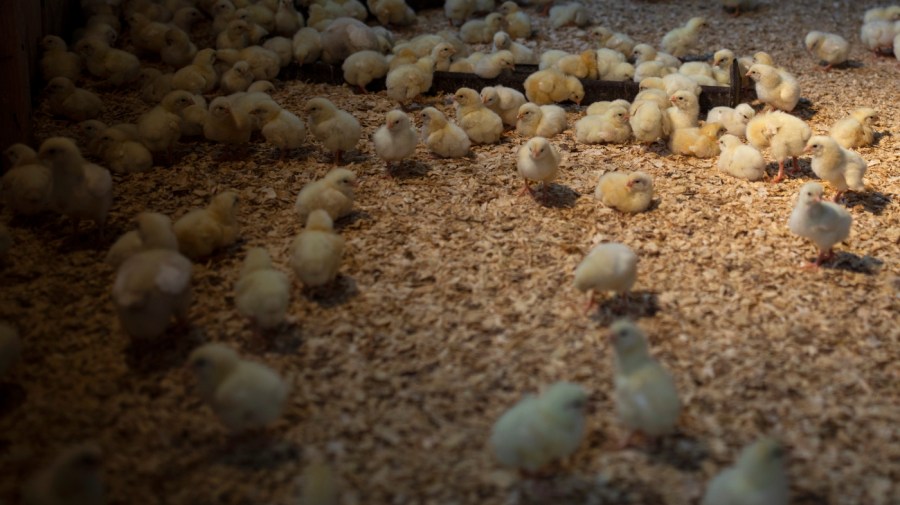Many Americans have a frustrating relationship with the United States Postal Service. Lines are often long, mail gets lost and packages can be delayed.
But the government institution’s biggest blemish has nothing to do with late birthday cards. The current USPS standards for shipping live animals are dangerously inadequate and in desperate need of reform.
In May, thousands of chicks were found abandoned in a USPS truck in Delaware. With the baby birds trapped without food or water in high temperatures for three days, thousands sadly perished, with less than half of the total 12,000 birds surviving.
USPS said it is investigating the “process breakdown,” but the incident requires more than bureaucratic proceedings. This particular event is part of a larger pattern of animal mistreatment at the government agency.
Earlier this year, USPS delays in Indiana left dozens of chicks dead. Thousands more were killed in New England following mail delivery disruptions in 2020.
The country’s flagship mail carrier transports millions of animals every year, but puzzlingly does not employ a single veterinarian to oversee its animal shipment operations and practices. With weak expert supervision, the shipments happen under conditions that most Americans would find unacceptable for domestic pets like dogs or cats.
Animals ranging from birds to reptiles and bees to fish are shipped cross-country with limited standards that only mandate basic ventilation and box labeling.
The conditions at airports are particularly heartbreaking. Animals transported through USPS via plane can be left on the tarmac for extended periods before being loaded into the cargo hold. That leaves the living, breathing creatures exposed to extreme heat, bitter cold or other harsh weather conditions.
When traveling on vacation through the Phoenix airport in July, would you leave your family dog baking in a crate on the hot runway? Absolutely not.
Stronger federal rules are needed to ensure that animals shipped through the postal service are treated humanely. The status quo around animal welfare is abhorrent, but the government does not need to reinvent the wheel to rectify the situation. Other companies that transport live animals already have robust rules in place that can, and should, be duplicated at USPS.
For example, when being transported through the sky, animals should be last on and first off the plane. When not actively being loaded, species should be held in climate-controlled hangers, rather than left out in the elements. Flying routes should also be adjusted to cut down on transport time and to reflect weather forecasts that could become hazardous for the animals.
When on the road, USPS regulations should limit the maximum transit time, create temperature standards and mandate special training for employees to learn best practices around facilitating the transport of live animals. After all, moving a container of baby chicks or insects should be approached differently than delivering an Amazon package.
Most importantly, the agency should explore mechanisms that ensure workers adhere to these new protocols. That includes monitoring employees for compliance as well as holding those accountable who break the rules.
The tragic episode that recently unfolded in Delaware should be a wake-up call for the United States Postal Service. President Trump should sign an executive order directing the Postmaster General to swiftly craft and implement changes.
It is well past time for the mail carrier to revamp its processes to reflect modern standards of animal welfare. Animal lives hang in the balance.
Robin Ganzert, Ph.D., is the president and CEO of the American Humane Society.
















Leave a Reply